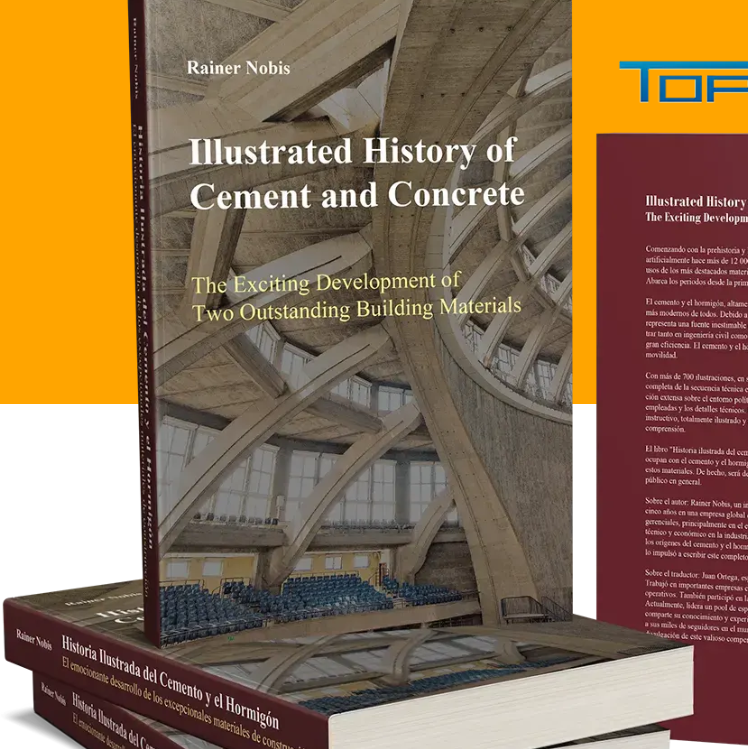Contents
When we think of a cement factory, what we’re really talking about is a silicates factory

TO Download this post and all the books and excel sheets and my personal notes and presentations I collected about cement industry in the last 30 years click the below paypal link
Silicate’s Factory? 🤔
When we think of a cement factory, what we’re really talking about is a silicates factory. This concept was driven home during a training session on cement sintering. But what does this mean, and why is it important?
The evolution of cement rotary kiln technology has one primary objective: to produce clinker—a synthetic mineral with high productivity and low thermal energy consumption. The clinker produced in the kiln is crucial, as it is primarily composed of Tricalcium Silicate (C3S), or Alite. C3S is the main component responsible for the high strength characteristic of Portland cement, making it one of the most important compounds in cement production.
But it’s not just about Alite. Another critical component is Dicalcium Silicate (C2S), also known as Belite. While it may hydrate at a slower rate than C3S, Belite plays a vital role in the long-term mechanical behavior of concrete. It’s less exothermic during hydration, which helps ensure that the concrete maintains its strength over time. However, Belite presents a challenge in the grinding process, as it is much harder to grind than Alite.
When we look at Tricalcium Aluminate (C3A), or Celite, we find a compound that reacts the fastest to hydration. This rapid hydration contributes slightly to the early strength of concrete, although its primary role is more complex.
Finally, there’s Calcium Aluminoferrite (C4AF), also known as Felite. This compound acts as a flux and is responsible for the greenish-gray color seen in some types of cement. C4AF releases heat during the reaction process, contributing to the overall thermal management within the kiln.
To truly understand these components, you might want to look at clinker under a microscope. The polished surface of a clinker stone reveals these four main components clearly:
➡️ Dicalcium silicate (C2S)
➡️ Tricalcium silicate (C3S)
➡️ Tricalcium aluminate (C3A)
➡️ Calcium aluminoferrite (C4AF)
Though we can’t dive deeply into each of these in a short post, it’s important to note that clinker microscopy is a precise method used to measure the operational efficiency of the pyro process in a cement factory. By examining these components under the microscope, you can assess the effectiveness of the kiln’s operational control and identify areas for improvement.
At ICC, our specialists can assist your staff in developing a sustainable routine for clinker mineralogical analysis. This analysis can uncover opportunities to optimize kiln operations and produce a more reactive clinker.
For a more in-depth exploration of the history and science behind Portland cement and concrete technology, check out the webbook “Illustrated History of Cement and Concrete” by Rainer Nobis, translated into Spanish by Juan Ortega.
TO Download this post and all the books and excel sheets and my personal notes and presentations I collected about cement industry in the last 30 years click the below paypal link
